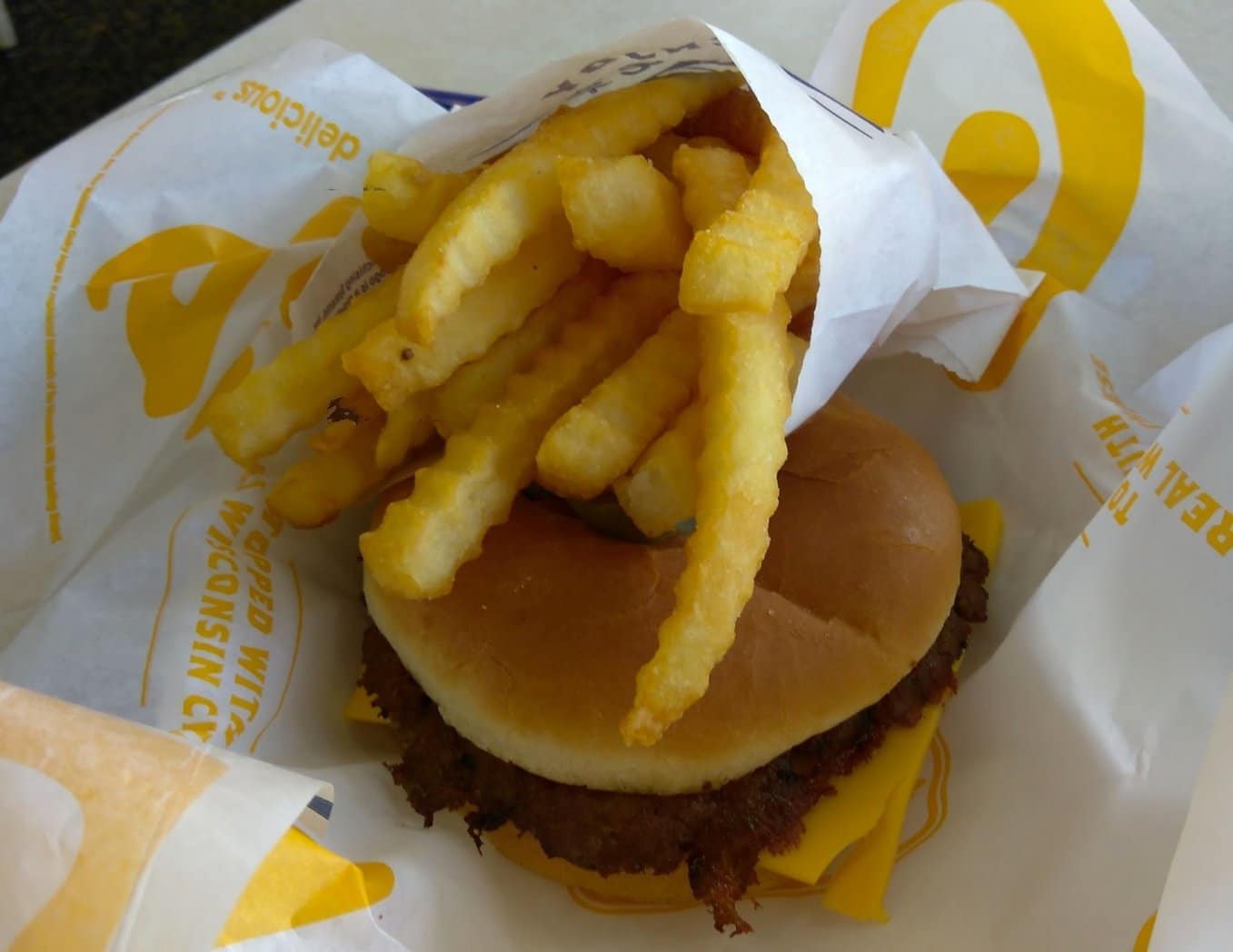How Quick Service Restaurants Need To Adopt Technology To Support Customer Experience
McDonald’s “founder” Ray Kroc once said that the company took the hamburger business more seriously than anyone else. His mantra was basic … quality food, seamless experience, delivered fast.
In many respects, Kroc’s words are the foundations of the the quick-service industry. The process is simple: customer comes into a store, looks at a menu situated over the counter, places order, pays and then waits for a couple of minutes for their food to be assembled and wrapped.
The only variation on this theme was if the customer used a drive-through option rather than actually going into a restaurant. The end result is the same … food delivered fast to a hungry customer.
Our connected society has changed these two basic in-store options.
Customers don’t have to stand in line, in fact they don’t even need to visit or call the restaurant. Mobile apps and digital ordering are increasingly the norm for people who value convenience and flexibility in every aspect of the lives.
And the QSR—quick service restaurant—sector is making every effort to align customer expectations with the need to do what it is known for … fast food.
A recent survey of 4,500 QSR customers by global consultant Deloitte said that 40% of people preferred to order online and spent 26% more on food as a result. An article posted on qsrmagazine.com said that QSRs that offer on-the-go mobile apps see an increase in repeat customers, with more than 15% of all orders from mobile channels.
An increase in mobile ordering has allowed leading QSR brands to offer people the option to order ahead.
Starbucks, for example, has long had mobile ordering option in its app, which promises customers that the order will be ready to pick up within three to five minutes. The process is designed to make the process of getting your cup of joe as seamless as possible, although the popularity of the option has reportedly caused bottlenecks at locations during busy times, Business Insider reported.
Theory is one thing, execution another.
Shake Shack launched a mobile app in the fall that was only available at select locations in Manhattan, N.Y. The chain is famous for exceptionally long lines at lunch and dinner times so one of the app’s main functions is to offer order ahead with scheduled pick-up at the store of your choice. Shake Shack ran a series of trial runs to, in its words, “try to crush the lunch rush” with mobile customers in addition to walk-ins in order to perfect the experience for both customers and store operations. They then used a similar approach to quickly rollout the app to markets across the country. By all accounts, customers love the new app and Shake Shack is seeing an increase in revenue due to mobile customers.
McDonalds is currently testing its mobile ordering and payments app in selected markets in California prior to a national rollout to its 14,000 franchised restaurants later this year. Customers will be able to place their food order in the app and then go to any participating McDonalds restaurant to pick up their order thanks to baked-in geofencing tech that pinpoints where a customer is.
“Through mobile ordering, McDonald’s is providing customers with more flexibility and convenience than ever before,” said McDonalds, in a press release. “Customers will be able to place their order in the mobile app and then go to any participating McDonald’s restaurant to check in, pay in the app, and pick up their food at the front counter, the drive-thru or at convenient curbside delivery.”
Customer Experience Matters To QSRs
Delivering a food-based digital experience has forced physical QSR locations to take a more tech-centric approach. Smartphone apps may be the easiest way to place a food order, but there are an increasing number of restaurants that provide customers with tablets or kiosks that can be used to place an order at the counter without the need to stand in line.
And provided that customers get their food delivered in a reasonable time frame, it is a win-win situation for everybody concerned.
In essence, the prevailing mobile-first mentality of both customers and QSR’s has set new standards for high quality food delivered at a rapid pace. To be fair, this has been an ongoing mantra for the fast food industry since day one, but the digital economy has raised the bar even further.
Over the last 15 years, customers have moved from desktop or computer-based ordering for standard delivery offerings, such as pizza, to a world where literally any type or style of food can be requested at the touch of a button on a smartphone. BI Intelligence has predicted that U.S. mobile order-ahead sales will hit $38 billion by 2020. To put that into perspective, the total revenue from of order-ahead sales for QSRs in 2015 was $4 billion.
The reason for this shift in ordering habits is quite simple … the proliferation of digital options that offer people access to food.
At the same time, payment processes have changed to fit into the digital economy. QSRs may offer customers access to a native mobile app with menu details, nutritional value etc., but it is the ease of payment that makes the difference. Fast payment programs such as Android Pay and Apple Pay provide customers with a ready-made digital wallet to buy stuff, which reduces the need to carry cash.
A 2017 survey of 11,000 consumers by market measurement analyst Market Force Solutions said that 31% of QSR customers had used a mobile app or digital wallet to pay for a meal in the last 12 months—a year-on-year increase of 8%. In addition, around 55% of people said that they had used either a smartphone app or tablet at the table to order food as opposed to counter service—a 25% increase from 2015.
The Digital Option Offers Quality Food … Fast
QSRs may have been slow to adapt to the digital economy but there are numerous signs that customers now expect the digital option as a matter of course. With the exception of customers actually enjoying the food, ease of ordering and payment is what people want.
For example, Mastercard used Mobile World Congress 2017 in Barcelona to launch its Qkr! with Masterpass mobile order-ahead and payment platform, with an eye firmly on frequent or everyday experiences … and you can’t really get much more frequent than the need to eat food. You can order food through Facebook Messenger or the Amazon Echo. Uber will deliver fast food to you, as will any number of gig-economy apps that have reciprocal arrangements with local QSRs.
With that in mind, it is clear that the QSR industry is on the verge of seismic change.
Just delivering food fast is no longer enough. Customers expect more from the overall experience, which means that entire journey from ordering to payment to pick-up must be as seamless as possible. Ray Kroc may have built an empire based on burgers, but there is little doubt that he would have realized that repeat visits only come from satisfied customers who are happy with every aspect of their meals.






